The Würzburg Residence is one of the most famous castles in Germany. A painting inside shows an encrypted inscription. The solution of this cryptogram is not known to me.
The Residence is a famous baroque castle in the city of Würzburg, Germany.
The most famous painting in the Würzburg Residence is a ceiling fresco in a stairway, created by Italian artist Giovanni Battista Tiepolo from 1752-53. With a size of 19×32 meters, this painting is the largest ceiling fresco in the world. The stairway, along with a part of the fresco, was depicted on the German 50 Mark bill, which was in use until 2001:
It is 32 years ago that I saw the Würzburg Residence for the only time in my life. To be honest, I don’t remember much of it, except that it was a very large and splendid building. I have no rememberance of the fresco.
The cryptogram
Blog reader Tobias Drewelius recently informed me that the famous Würzburg Residence fresco depicts a cryptogram. Here it is:
Here’s a closer view:
Before Tobias told me about it, I was completely unaware of this cryptogram. It is not mentioned in the crypto history literature I know. The solution is not known to me. Can a reader break this encryption? Or does a reader know a source that mentions the solution?
There might be a relationship between this cryptogram and the Freemasons. The writing is chiseled into a building block. In the background an obelisk can be seen. Perhaps, the symbol above the cryptogram is a Freemason sign.
A second mystery
As Tobias Drewelis informed me, there is another strange writing on a wall carpet in the Würzburg Residence.
This writing is probably not cryptographic in nature. Anyway, it would be interesting to know what it means. Here’s a closer view:
If you know the solution of one of these mysteries, please let me know.
Follow @KlausSchmeh
Further reading: The Top 50 unsolved encrypted messages: 18. The Moustier altar inscriptions
Linkedin: https://www.linkedin.com/groups/13501820
Facebook: https://www.facebook.com/groups/763282653806483/

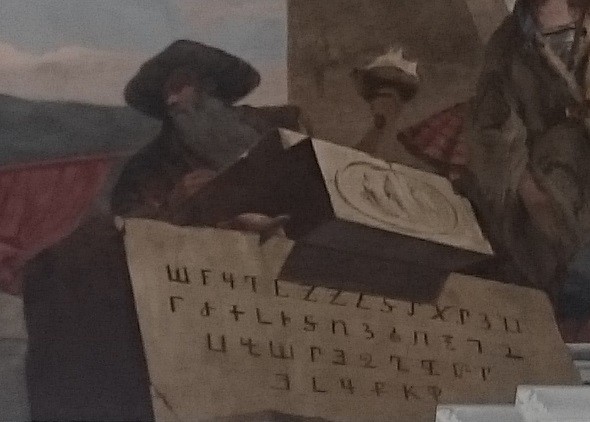

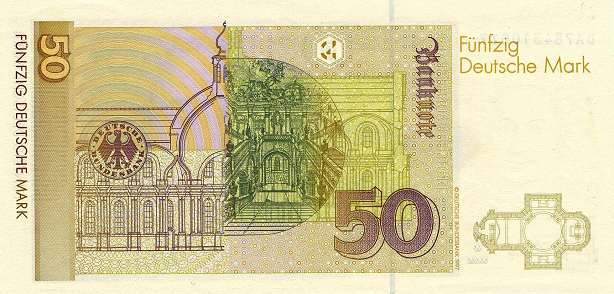
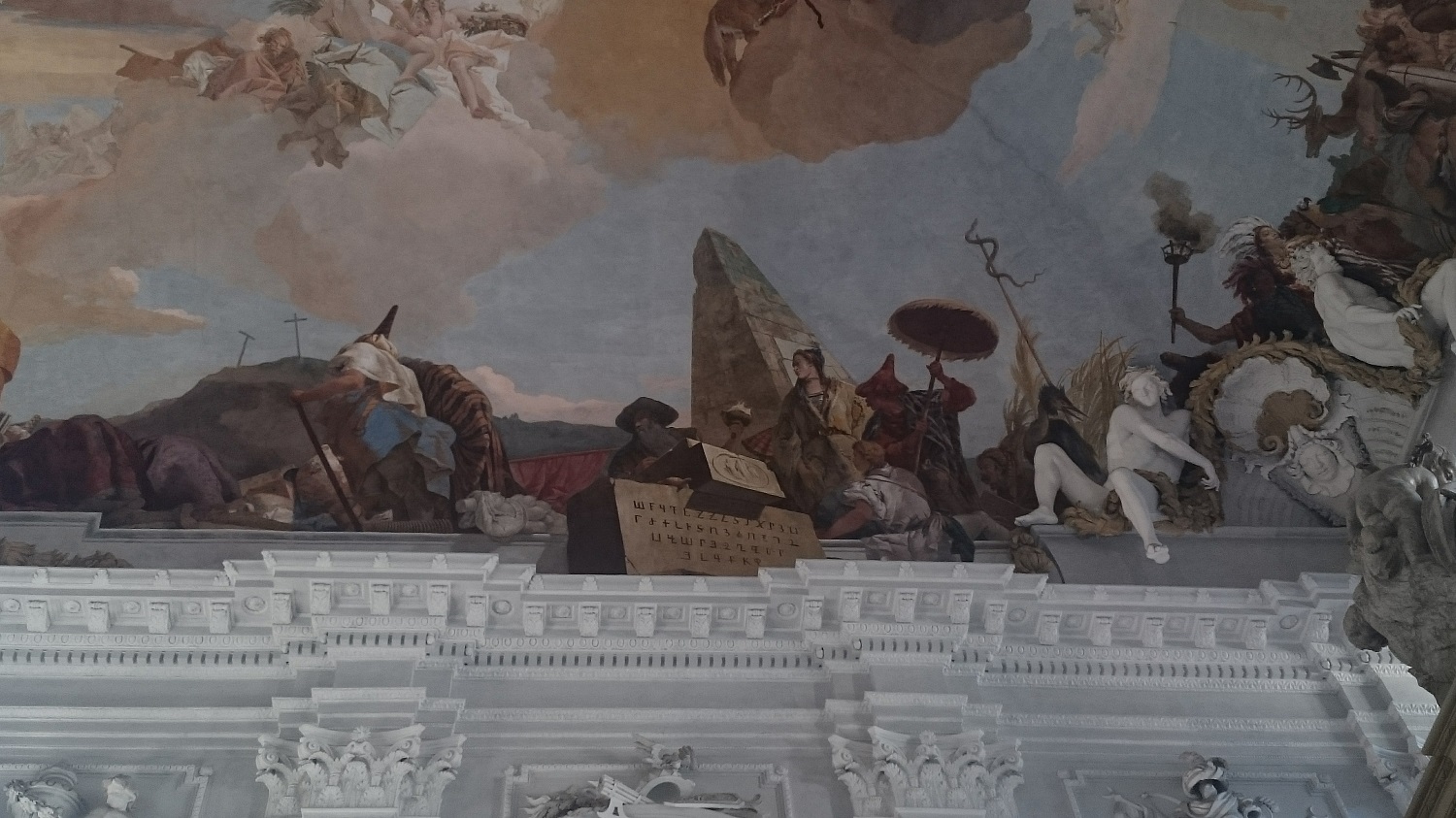
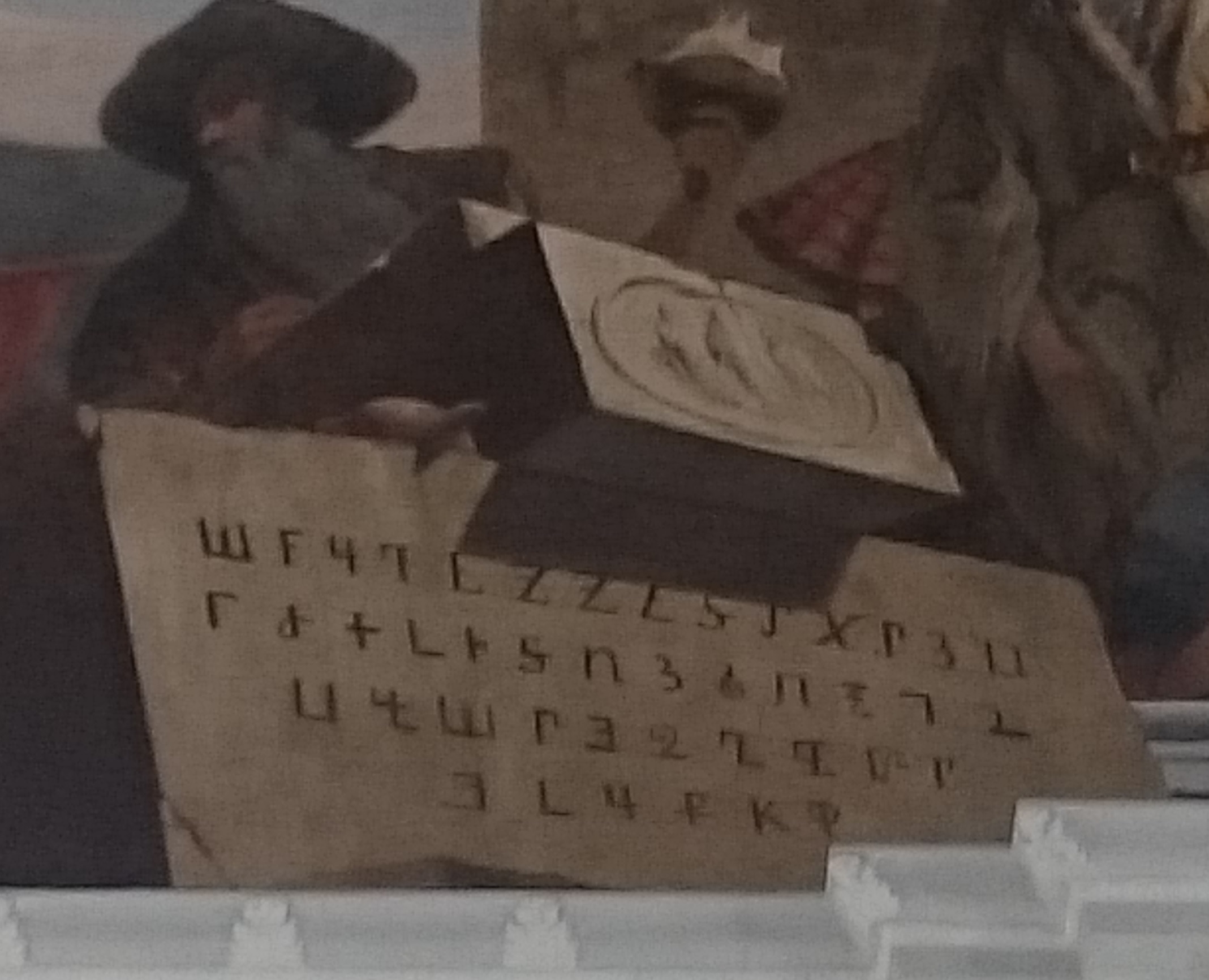
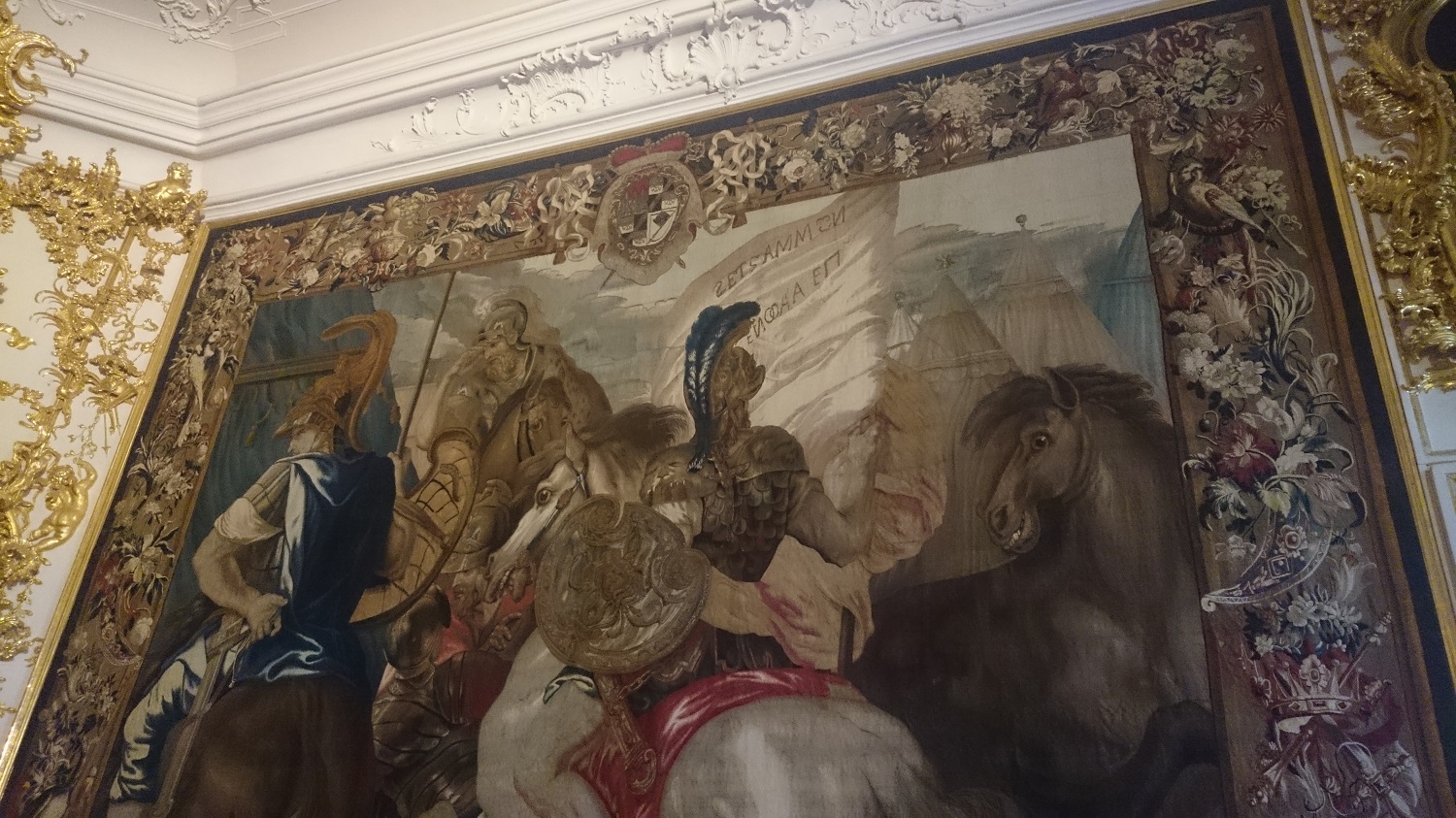
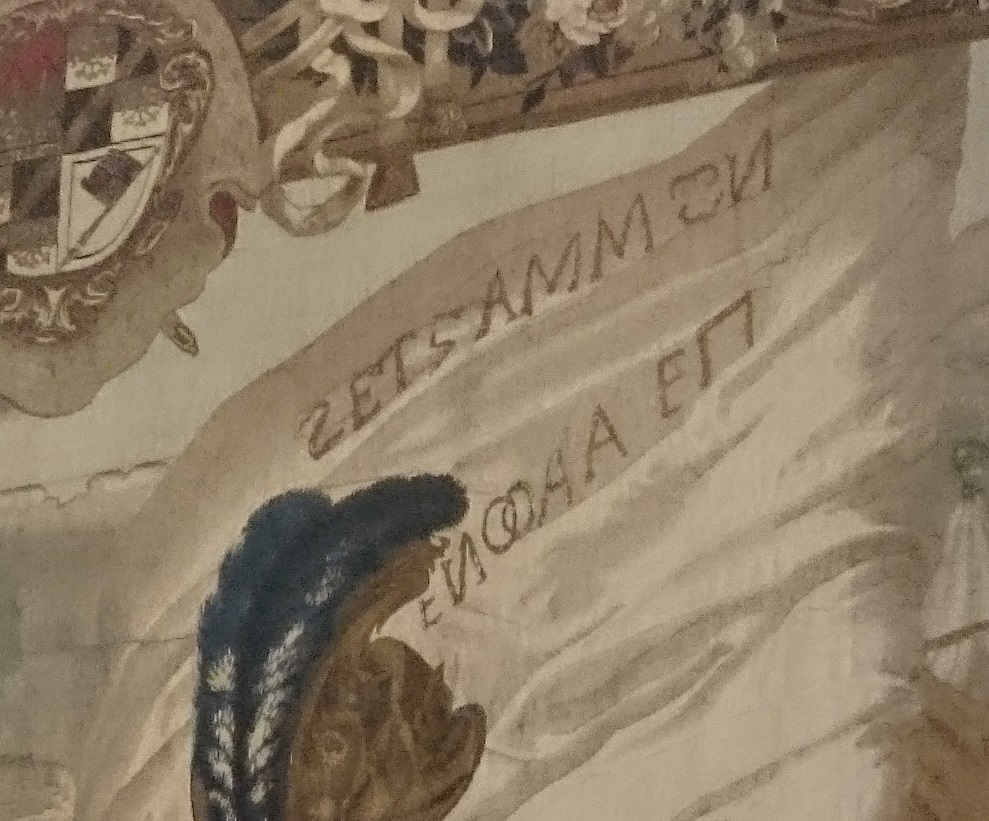

Kommentare (7)